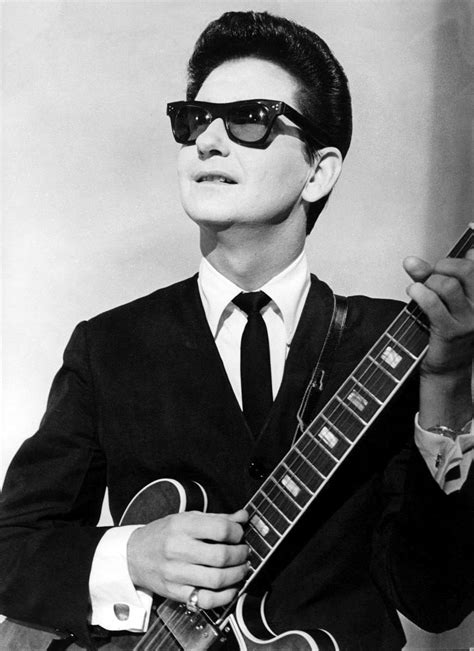
By Ryan Ghidoni
PSR Contributor
image
Thursday September the 1st, 2016
Audio Active Advertising – Episode 5: How to do a Client Needs Analysis

In an ideal world a sales executive would do a full Client Needs Analysis (CNA) for every client.
In the real world of radio where time is a commodity…we need to focus on the big clients who are on the air year-round.
They’ve invested heavily in radio and deserve to benefit from some long term branding.
Long Term Branding: This is where the ads do more than communicate short term information about the client’s offers. They also create an identity where people remember the client’s name, what problem they solve, and why they solve it better than all the other options available.
Think of the businesses that have achieved this with you. Here are a couple of mine:
McDonalds: When I need to feed the kids quick before activities. They have the fastest drive-thru and simplest menu choices. Also…thanks to the toy…I’ve never heard one of them say “I don’t want McDonalds.”
Superstore: When I need a full load up on groceries. They have the lowest prices, great points rewards card, and clearly marked blue menu items to help make healthy choices easy. The “pay for bags” thing bothered me a long time ago when I was a single man but fortunately my wife has enlightened me. Reusable bags are better for the environment and easier to use IF you remember to throw them in the car before you shop.
Creating a radio campaign that will have this effect means you are going to need deeper information about the client’s business. You get that information by doing a CNA.
Before we begin here is a disclaimer:
There are many ways to do a client needs analysis (CNA). I am sharing mine today to serve as a starting point if you have never done them before.
If you HAVE done them before…maybe there is something in my process that will lead to a modification in yours. I invite you to share your process in the comments section below because it is just as likely that there is something in your process that will help me refine mine.
I believe a CNA process should not be static. You should modify it over time as you discover new information and techniques that help you to get clients to open up about their business and advertising needs.
Who from the station should be at the CNA meeting?

Ideally everyone in the creative process: The Sales Executive, the Writer and the Producer for the account. Everyone will be on the same page and refining ideas inspired from the meeting will guide the creative process at every stage. Plus, the client will be impressed by a “whole team” meeting with them. However, I recommend that you DO NOT wear matching spandex costumes.
In the real world of radio where time is a commodity…it will not likely be the full team.
You can get away with sales and writer as long as the writer has good communication with the producer.
Sales can go solo if they are prepared to provide pro-active guidance to the rest of the team.
Recommended Logistics:

Host the client at the station boardroom. It is easier for the client to talk about the business when they are away from the business. The only time it should take place at the client’s business is when the writer will greatly benefit from seeing the client’s unique operation.
Expect the meeting to take 60 to 90 minutes.
Recommended Preparation:
Prepare three to five open ended questions for each of the following areas. Why three to five? The client may not give you a good answer until you have asked the same question in different ways.
Goals and Measures: What does the client want to achieve with their advertising and how will they know if they reached their goal? This could greatly simplify things for creative. If the client has a problem with name recognition or location awareness, this should be worked on first before moving on to a strategic campaign.
The Target: Who specifically are you trying to sell to? Describe them with words not numbers? Tell me about them as if they were a friend or close family member. What do they read, watch and do? How much to they make? What are their greatest concerns and joys in life?
The Product: What does the product or service do? What are the many features? This is an important section for new products that people don’t understand like Uber and SEO. It’s not as important for long established products like pizza delivery and full service car washes.
The Promise: What problem, in the life of the target consumer, does the product or service solve? People actively seek out solutions, so present your product as one.
The Unique Selling Proposition: Why should people choose your product or service over all the other options available? If your ad doesn’t answer this question…it’s an ad for everyone who sells the product.
The Competitive Landscape: Who are the main competitors? What are their strengths and weaknesses? What are they known for? In the list of competitors…where does everyone rank in terms of market share? You need to know if the client is protecting their mountain or climbing someone else’s.
The Call to Action: What is the ONE way that listeners should act on your offer? Why ONE way? Mentioning the website, the telephone number and the location in the ad will eat up 40% of the message and it’s too much info to remember. PLUS, making the listener choose “how to act” before they can act will create another hurdle the listener must cross before becoming a customer. You will actually loose effectiveness here. The good folks in direct mail did the research on this and proved that ONE call to action creates the most amount of sales. Tell them the specific action they need to take to buy.
Do this right and the information you gather in the CNA will lead you to the client’s core message, help you choose a strategy and will inspire an idea for how to make the message memorable. Most importantly, the info will serve as a litmus test.

There are many forks in the road when creating a radio ad…strategy, style, word selection, music selection, voice selection, etc…the CNA info will make sure you take the right roads and make the right choices.
Next week we’ll talk about why “execution choices” should always be made by the writer and producer. Have a great week!
Ryan Ghidoni is an 18-year veteran of radio advertising and has worked with some of the most creative sales reps, writers, producers and voice talent in the business.
CHECK OUT “Audio Active Advertising” every week on Puget Sound Radio.
THE ONLINE AGENCY IS OPEN: Get “Audio Active” ads for your clients with Audio Active Advertising’s online agency. Check out over 100 Effective Ad Examples and then become the next one by ordering a Radio Single OR a Radio Campaign. Go to audioactiveadvertising.com.








